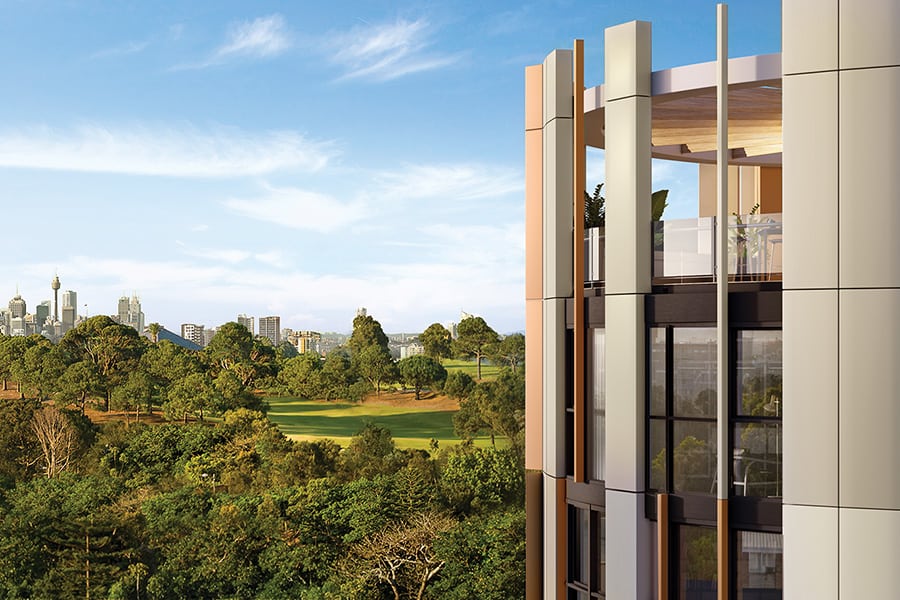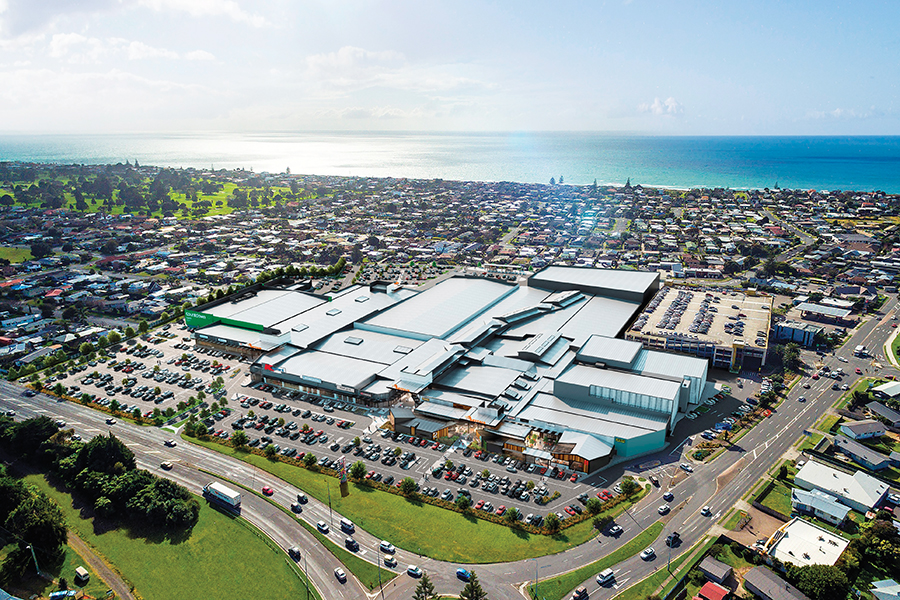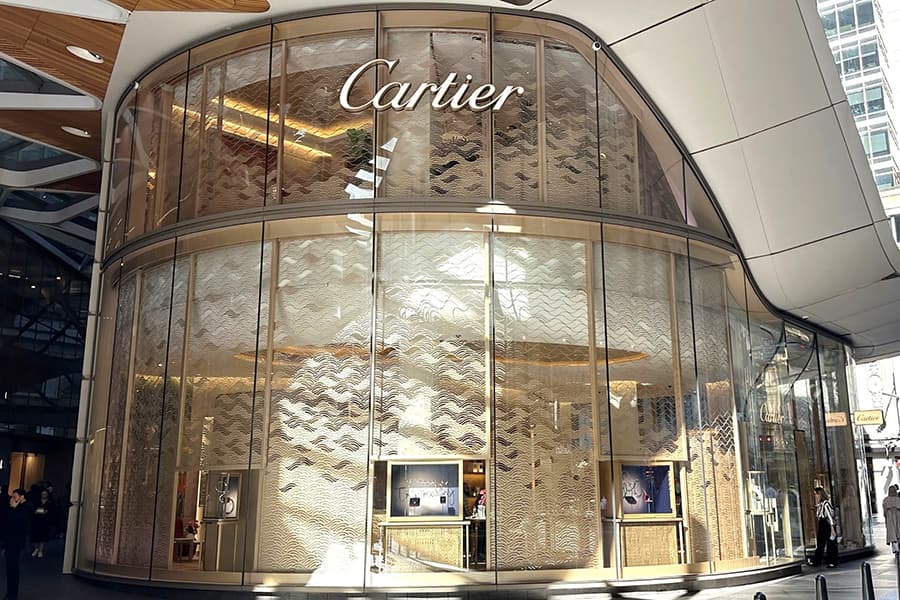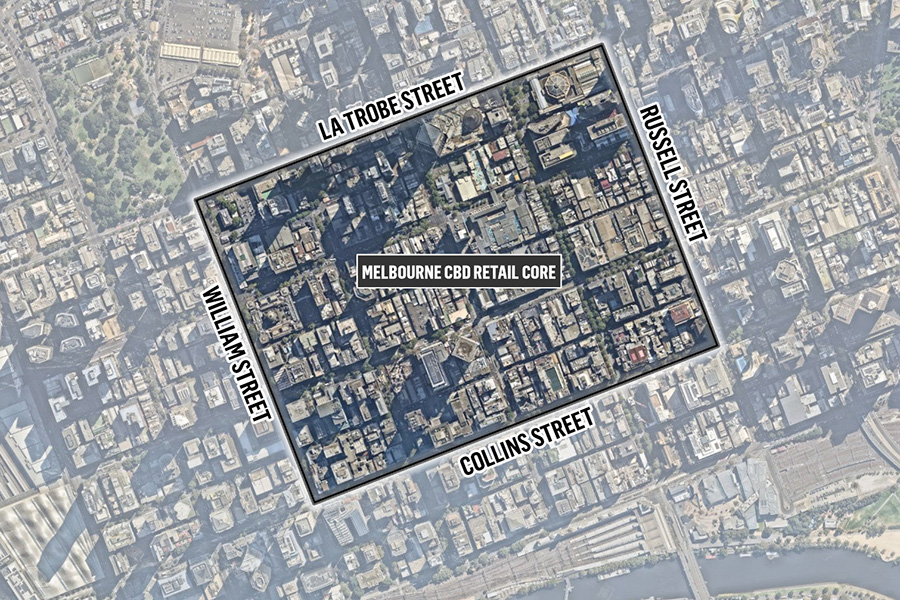Everybody reading this who is involved with a shopping centre development wants and expects their project to be a winner, to shoot the lights out, win awards and deliver fabulous returns and great customer feedback. But this outcome is not guaranteed; we have all seen and probably been a part of developments that didn’t quite achieve this, fell a little short, failed to have the stars align. Many will have worked on projects trying to improve a job, or inherited a project where the mistakes seem so obvious. But how, with so much experience, in an industry not in its infancy but maturity, can this still be the case?
There are many reasons, but one way to avoid this is to have thorough, comprehensive, professional research prior to, during and post the development delivery. This includes economic research with scenario planning and consumer research that analyses the hearts, minds and wallets of the customers and community.
We take out insurance for building works, fire risk, contractors and research is another form of insurance that minimises the risk of delivering an uneconomic development that fails to maximise trade area penetration and market share or a project that alienates the core consumer base.
There have been a few projects using only economic research where the MAT is estimated and market shares are set only to miss the mark because the consumers failed to be engaged by the development, thinking it was “not built for them”. Worse is when comprehensive research is undertaken and it sits idle because the end users “don’t like the results – so they must be wrong”, only to suffer the consequences later. As we know “build it and they will come” just doesn’t cut it any more.
There are, of course, more award winning developments that do shoot the lights out and are internationally recognised and toured by other overseas and domestic professionals and one consistent message they will be presented with is the reliance on professionally conducted independent research. Often, these articles and tours will provide causal examples where research findings have been directly incorporated into the development.

The most consistent similarities about these developments, no matter who the developer is, include:
1. The use of research briefs
2. Dual use of economic and consumer research
3. This research is undertaken prior to, during and post development
4. The research is undertaken independently and professionally
5. All stakeholders are involved in the research program
6. The research is used comprehensively as a guide, not a bible
7. The research is relied upon and referred back to for guidance in decision-making
Research is not a GPS system where you enter the address and are directed every step of the way, it is more a road map where the destination is known but several routes are possible to the ultimate destination. Driving blind – especially in a new town – can often send you off-road!
So, how to start?
As stakeholders within a development project team often have varied and contrary views, the use of an agreed research brief assists in aligning expectations, needs and thinking. Research often throws up more questions after the first round of research is completed – the brief assist in keeping everyone aligned to the research’s objective in the first place.
So here is an outline of the seven main components of a research brief. Many seasoned professionals will be familiar with this, but if you have just started out in the industry, are new to property or want a refresher then this will help.
The seven components of a research brief:
1. Background
2. The issue
3. The objectives
4. Target market
5. Application of findings
6. Timing
7. Budget estimate A research brief doesn’t need to be War and Peace, in fact it is most effective when it is concise and considered (appropriate appendices can be attached to brief the consultant, like plans, mood boards, marketing collateral). A research brief is also excellent for keeping consultants accountable and on task for the project, it also provides gravitas to the project’s importance, and likewise keeps the project team aligned to the purpose of the research. This is important as research projects professionally undertaken can take two to three months to brief, commission, conduct and report on.
1. Background
This section should describe in a couple of paragraphs the centre’s history and its current status. This will include centre specifics of MAT, GLA, trade area facts, competition and may include the development timeline of the centre. Any recent trading issues and competitive changes are also useful.
2. The issues
For a research project to be effective, it is important to highlight the main issues needing resolution. Concisely identify the critical issues facing the centre and why they need to be addressed. For example, the retail brand plan for a development may need to be tested economically to assess MAT and development metric fundamentals and also be assessed to ensure it is aligned with consumer expectations and aspirations.
3. The objectives
This is where the specifics in solving issues outlined above need to be stated clearly. This is usually in bullet points and itemises outcomes such as the identification of current user and non user preferences by trade area. This should also include the depth of information required. For example, the retailer options with the highest expected customer visitation.
4. Target market
This is particularly important in consumer research projects. This may include high net worth individuals in the Main Trade Area to test the luxury precinct, or new parents within the Total Trade Area to test new parenting offers and marketing collateral.
5. Application of findings
This allows the research consultant to understand the gravitas of the project and ultimately who they will be presenting to. Is the research being fed into the final development asset plan or used in a Development Application with council? The audience for the findings and report can dictate the methodology and budget. Is this being used to determine a $2 million marketing campaign or $100 million retail development, for example? It is also useful to identify the business audience; will it be for internal use only by the marketing team or are several presentations and representations required for council and the investors?
6. Timing
This is probably the most misunderstood aspect of research, but good quality research takes time. So if there is a critical date the project needs to work to, then state it here, but keep in mind to include a realistic timeframe. It’s also important to keep in mind other time barriers like school holidays in differing states if you are conducting consumer research. 7. Budget estimate Avoid putting To Be Advised.
If you have a budget, put it in so the best possible solution can be designed around your budget. If you have real budget parameters then state those and ask for an ideal research proposal that meets the brief’s needs and then a proposal that answers your budget. Not being clear on your budget wastes everyone’s time, including yours.
Finally, separate research briefs are best used for each type of research be it consumer or economic/data research requirements.
It is also critical to ensure the independence and professionalism of the research companies. Consumer research companies that are AMSRS members follow the professional code of conduct and adhere to the Privacy Act and Australian Privacy Principles for Market Research. In market research, there can sometimes be confusion about what constitutes privacy. We are all very familiar with the privacy laws around data but there are similar privacy laws relating to information collected in focus groups and surveys and one-on-one interviews, and it is important that the specific waivers relating to the privacy laws are applied (further information about the code of conduct can be found on the AMSRS website).
Ultimately, the most effective research is the professionally conducted applied research that guides the decision-making for the client. Good luck.




















